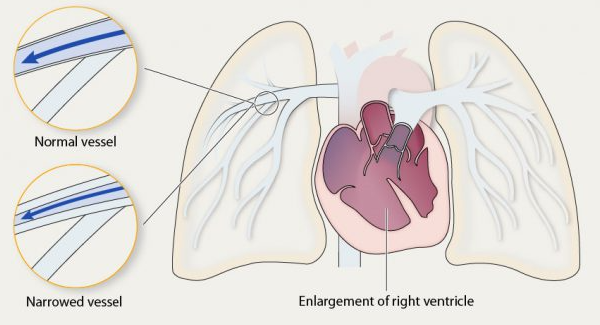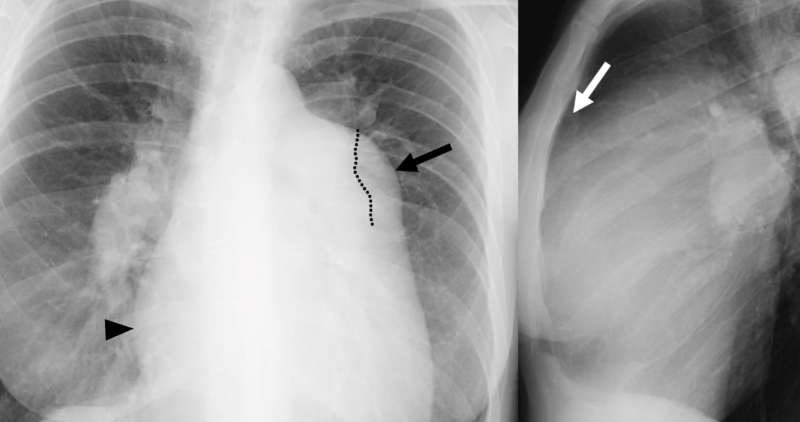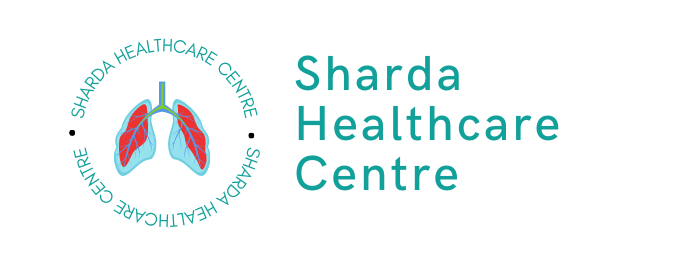
Understanding Pulmonary Hypertension: Causes, Symptoms, and Treatment
Pulmonary hypertension (PH) is a serious and often misunderstood condition that affects the blood vessels in the lungs. While most people are familiar with hypertension, or high blood pressure, pulmonary hypertension specifically targets the arteries in the lungs. In this comprehensive guide, we will delve into the causes, symptoms, and treatment options for pulmonary hypertension, shedding light on this potentially life-threatening condition.
Understanding Pulmonary Hypertension
What is Pulmonary Hypertension?
Normal Pulmonary Pressure:
Causes for Pulmonary Hypertension
Pulmonary hypertension can result from various underlying causes, which can be broadly categorized into five groups:
- Primary Pulmonary Hypertension (Idiopathic): In some cases, the exact cause of pulmonary hypertension is unknown. This is known as idiopathic or primary pulmonary hypertension. It is a rare form of the condition.
- Secondary Pulmonary Hypertension: This form of PH is associated with other medical conditions or external factors. Several conditions can lead to secondary pulmonary hypertension, including:
- Chronic obstructive pulmonary disease (COPD)
- Congestive heart failure
- Blood clots in the lungs
- Connective tissue diseases
- Sleep apnea
- Left-sided heart disease
- Chronic liver disease Secondary Pulmonary Hypertension: This form of PH is associated with other medical conditions or external factors. Several conditions can lead to secondary pulmonary hypertension, including:
- Pulmonary Arterial Hypertension (PAH): PAH is a specific type of pulmonary hypertension that primarily affects the small arteries in the lungs. It often has a genetic component, and it can be associated with certain conditions like scleroderma, lupus, or congenital heart diseases.
- Thromboembolic Pulmonary Hypertension: This form of PH occurs when blood clots block the pulmonary arteries, increasing pressure within the lungs.
- Hypoxic Pulmonary Hypertension: When the body experiences low oxygen levels due to conditions like high-altitude living or severe lung diseases, it can lead to hypoxic pulmonary hypertension.
Understanding the underlying cause of pulmonary hypertension is vital for appropriate diagnosis and treatment.
Symptoms of Pulmonary Hypertension
Signs of Pulmonary Hypertension
Recognizing the signs and symptoms of pulmonary hypertension is essential for early diagnosis and intervention. Common symptoms include:
- Shortness of Breath: Breathlessness during physical activity is one of the most prevalent signs of PH. As the condition progresses, shortness of breath can occur even at rest.
- Fatigue: Patients with PH often experience persistent tiredness and weakness, which can be quite debilitating.
- Chest Pain: Chest pain, often described as a sharp or burning sensation, is another common symptom. It is typically felt during physical activity and may be a sign of a strain on the heart.
- Rapid Heartbeat (Tachycardia): An increased heart rate can be a response to the heart’s effort to pump blood through the narrowed pulmonary arteries.
- Dizziness or Fainting Spells: Reduced blood flow to the brain due to elevated pulmonary pressure can lead to dizziness and fainting.
- Swelling (Edema): Swelling in the ankles, legs, and sometimes the abdomen can occur as a result of fluid retention.
- Bluish Lips and Skin (Cyanosis): In severe cases, inadequate oxygen levels in the blood can lead to cyanosis, where the lips and skin take on a bluish hue.
If you or someone you know experiences these symptoms, it’s crucial to seek medical attention promptly.
Diagnosis and Assessment
Diagnosing pulmonary hypertension typically involves a combination of medical history, physical examination, and various tests. Healthcare professionals may perform:
- Echocardiogram: This non-invasive test uses sound waves to create images of the heart’s structure and function, helping identify PH.
- Right Heart Catheterization: This invasive procedure measures the pressure in the pulmonary arteries and confirms the diagnosis of pulmonary hypertension.
- Chest X-ray: X-rays can reveal any structural abnormalities in the heart or lungs.
- Blood Tests: These help rule out other conditions and may indicate the severity of pulmonary hypertension.
Once diagnosed, the severity of pulmonary hypertension is often classified into one of several categories, typically ranging from mild to severe, to guide treatment decisions.
Pulmonary Hypertension Treatment
Effective strategies of treatment
Effective treatment strategies for pulmonary hypertension aim to manage symptoms, slow the progression of the condition, and improve the patient’s quality of life. The choice of treatment depends on the underlying cause, the severity of PH, and the patient’s overall health. Here are some key treatment options:
- Lifestyle Changes: Patients are often advised to make specific lifestyle modifications, such as:
- Avoiding high altitudes
- Stopping smoking
- Maintaining a healthy weight
- Exercising regularlyLifestyle Changes: Patients are often advised to make specific lifestyle modifications, such as:
- Medications: Several medications are available for the treatment of pulmonary hypertension, including:
- Vasodilators: These drugs relax and widen the pulmonary arteries, reducing pressure. Common vasodilators include prostacyclin analogs, endothelin receptor antagonists, and phosphodiesterase-5 inhibitors.
- Anticoagulants: Blood thinners may be prescribed to prevent blood clots in patients with thromboembolic pulmonary hypertension.
- Diuretics: These help reduce fluid retention and swelling.Medications: Several medications are available for the treatment of pulmonary hypertension, including:
- Oxygen Therapy: Supplemental oxygen can help increase oxygen levels in the blood and alleviate symptoms like shortness of breath.
- Pulmonary Rehabilitation: These programs offer exercise, education, and emotional support to improve overall well-being.
- Surgical Interventions: In some cases, surgery may be necessary, such as a lung transplant for severe pulmonary hypertension.
- Clinical Trials: Patients with pulmonary hypertension may consider participating in clinical trials to access innovative treatments and contribute to medical research.
Mild Pulmonary Hypertension Treatment
For those with mild pulmonary hypertension, treatment may differ from that of moderate or severe cases. Here are some considerations for mild pulmonary hypertension:
- Lifestyle Adjustments: Patients with mild PH may primarily focus on lifestyle changes. Quitting smoking, maintaining a healthy weight, and avoiding high altitudes are important.
- Regular Check-ups: Monitoring the condition through routine medical check-ups is crucial to assess its progression and adjust treatment as necessary.
- Medications: Some patients with mild pulmonary hypertension may benefit from medications like vasodilators or anticoagulants to manage symptoms.
- Support Groups: Joining support groups can provide emotional support and helpful information about managing mild pulmonary hypertension.

